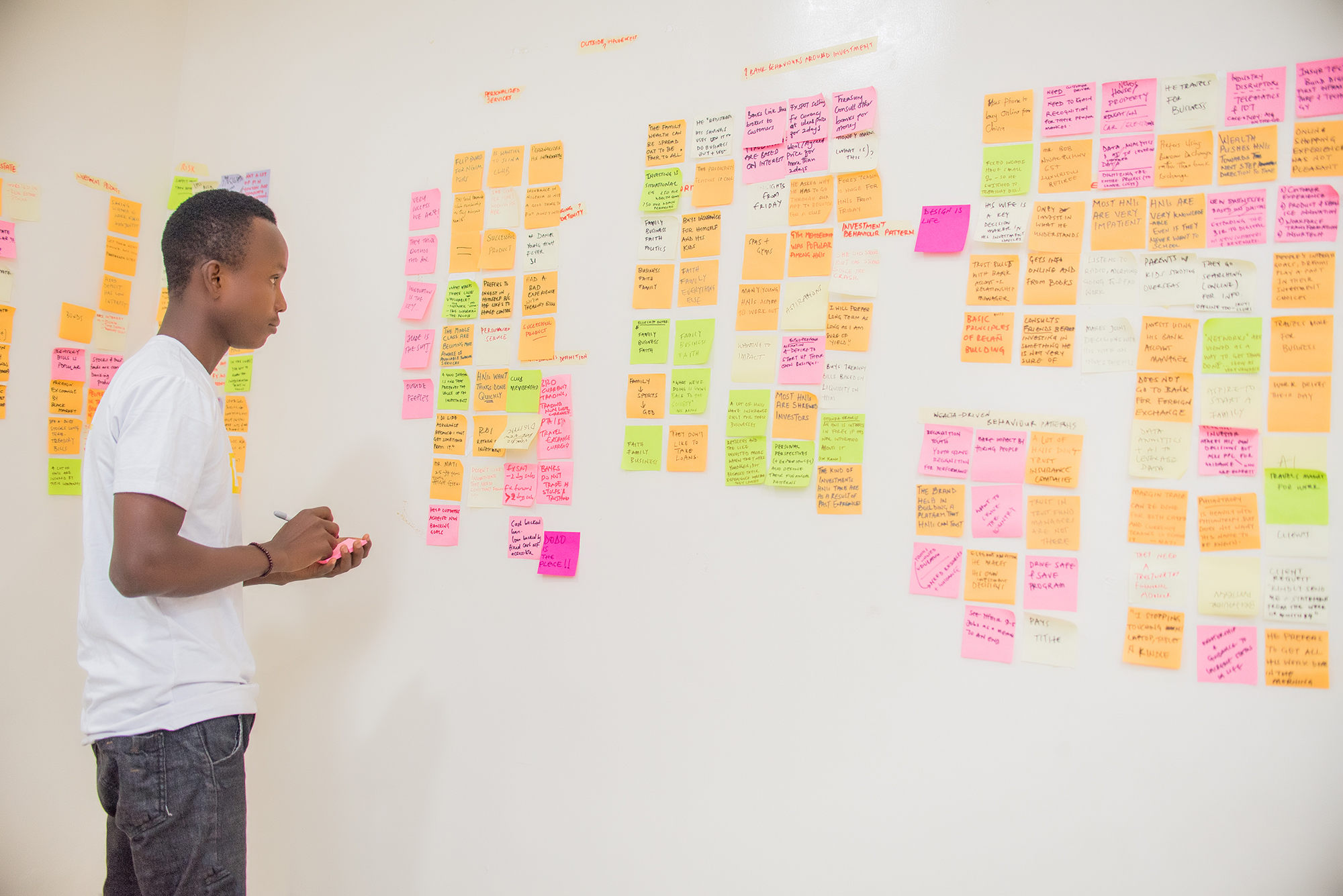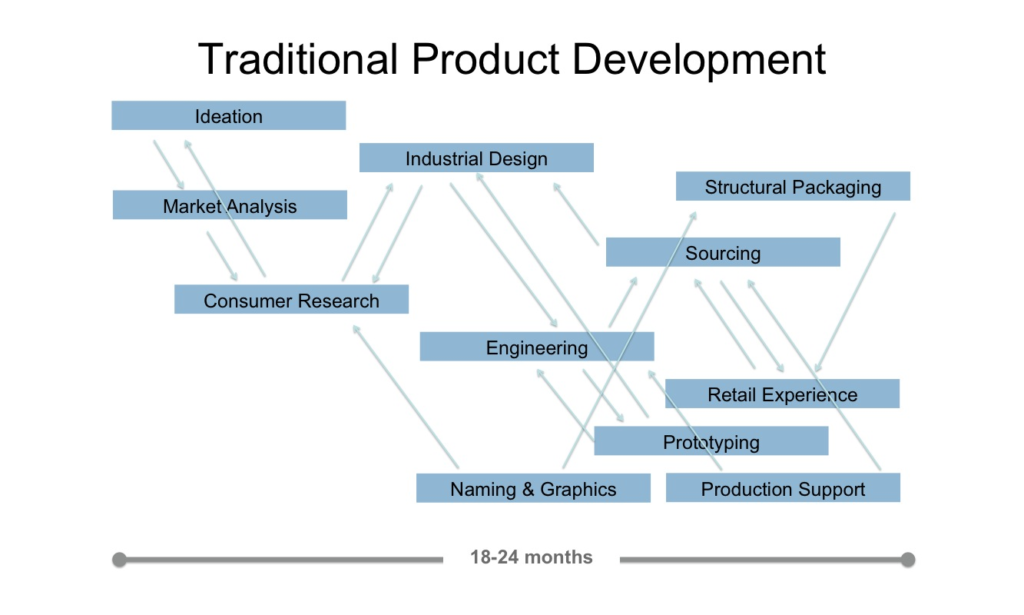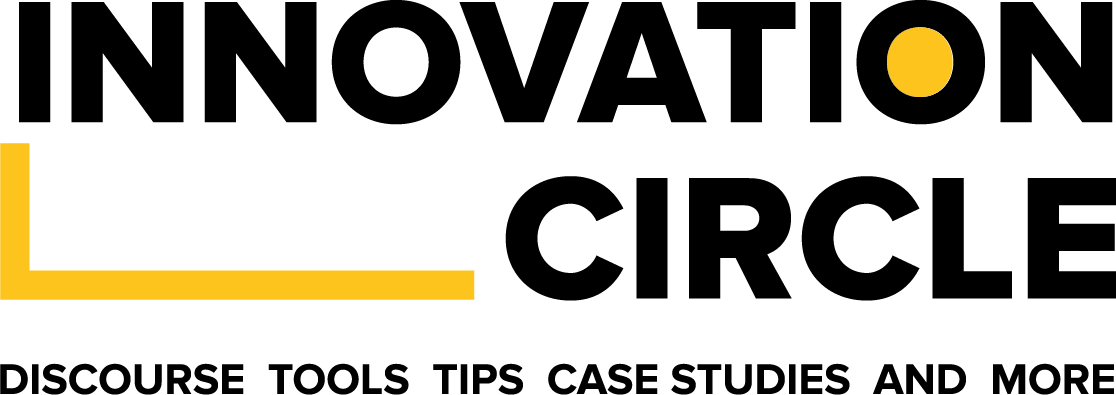
Design Research and Its Impact on Product Performance
In Simon Sinek’s popular TEDx talk, he said, “people don’t buy what you do, they buy why you do it.” He further goes on to explain the immense value businesses and customers can gain if their ‘why’ can clearly be identified and communicated. “people don’t buy what you do, they buy why you do it.” […]
In Simon Sinek’s popular TEDx talk, he said, “people don’t buy what you do, they buy why you do it.” He further goes on to explain the immense value businesses and customers can gain if their ‘why’ can clearly be identified and communicated.
“people don’t buy what you do, they buy why you do it.”
– Simon Sinek
Finding the ‘why’ basically means finding the purpose, cause or belief that drives an organization or people.

Going along this line it will be important to find out why people buy products or use services daily? Could it be because that the products are attractive to them, because they can afford it or because they need it?
How then can a company know why customers purchase products? By carrying out Design Research. I know that’s what crossed your mind and some would have been more specific to say Market Research. Well, that’s not so true. You see, Market Research centers more around how people buy your products. Market Research shows how many people bought your products, how many people showed interest, how your competitors are performing and so on. All these are beneficial to any business looking to build a product. However, Design Research combines the principles of design (empathy, experimentation and expansive thinking) with Market Research (gathering data of companies and people) to find the reason why people buy a product or use an offering. It looks to answer “why” as it relates to product demand and development.
Design Research looks for emotional drivers that instigates customers’ need for a product or business. It seeks to find the root cause of particular pain-point of customers, it shows why people buy your product, why they have interest in an offering, why your competitors are positioning in a certain way to offer services to your target audience. This arms your team with insights that can help you offer solutions that meet customers’ needs or emotional bias. I included emotional bias because people not only buy products because they need it but sometimes because of how it aligns to their values and bolster their emotions. For instance, why do people buy an iPhone? They don’t buy an iPhone because they need a phone, another reason why they buy is that they feel information stored on their iPhone is secured and has a low chance of being hacked, some also feel they’ve joined a group of people that are unique, having style and elite status.
“Design Research looks for emotional drivers that instigates customers’ need for a product or business. It seeks to find the root cause of particular pain-point of customers, it shows why people will buy your product, why they have interest in an offering, why your competitors are positioning in a certain way to offer services to your target audience.”
Design Research has proven to be a great advantage for many companies who have used it as part of their product development strategy. Companies like Apple, Google, Airbnb, Duolingo, PepsiCo and several others have been able to distinguish themselves simply by getting to know what their customers need and how best to deliver it. It has also helped these businesses find new opportunities that might not have been clearly revealed by customers but were discovered using techniques embedded in Design Research.
There are ways in which businesses can use Design Research to improve a product offering or impact the way products perform in the market.
1. Meeting a need: For any product in the market to succeed, it must meet a need. It must have identified a challenge that it wants to address. With Design Research, businesses are able to discover that need. As earlier mentioned, Design seeks to find the ‘why’ which they find by listening and jotting down important insights shared by the customers they interact with during the process. This helps these researchers unearth findings that lead them to opportunities and help uncover pain-points that customers might have. It is at this point that the synergy between the product development team and Design Researchers can reach solutions that address needs. Once a need is met, it translates to sales.
2. Product relevance: Once a product is launched, there is a need for it to continually remain relevant in the market. As we see today, many companies come into the market with great products but lose market share over time due to their inability to meet the constantly changing needs of their customers. Design Research shouldn’t be an activity that ends on the day of a product launch, rather it should continue at regular intervals to bring new insights that could help improve on the product. Customers’ needs are always changing making Design Research a constant necessity. This is something UberEats has been able to add to their process. What UberEats does is that they go out and talk with potential customers to better understand their needs, this has greatly impacted their brand.
3. Brand communication and marketing: Another great way Design Research can ensure that a product performs well in the market is by helping the marketing and sales team with keywords they can advertise and attract buyers with. Sales teams are usually not present during the product conception stages and therefore may lack accurate keywords that customers connect with. They may miss the fundamental reasons why customers want to buy in the first place and Design Research provides valuable intel into what customers are thinking, so marketing better communicates to them. Design researchers, after gathering enough data about customers’ needs, pain-points and goals, can collaborate with the marketing team to translate those insights into slogans, adverts and packaging design in order to get the attention of their target audience.
Design Research also adds great value to the overall Design Strategy you will adopt throughout the product life cycle. Design Strategy is an important aspect of product development and you can read up on my post about it here.

In conclusion, businesses who design to bring amazing new offerings to market, need to adopt Design Research. Design Research is a great way for teams to deeply understand their customers and their needs to enable them to develop products that can address those needs. Whether it be a service, product or process, it is best to find out the emotional drivers of the people you are building for by interacting with them and observing what they do. By doing this, you get to understand their needs so you can better serve them. This saves time, remedies product failure, and helps build products that delight your customers.
Design Research combines the principles of design (empathy, experimentation and expansive thinking) with Market Research (gathering data of companies and people) to find the reason why people buy a product or use an offering. It looks to answer “why” as it relates to product demand and development.


